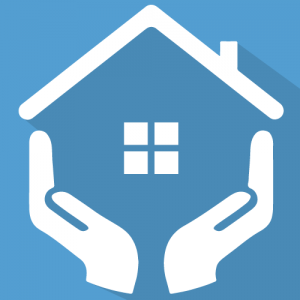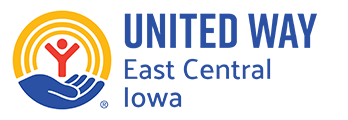
Housing is our community’s greatest need.
Homelessness continues to be an issue here in East Central Iowa.
Last month, the Linn County Continuum of Care (CoC) released the July 2017 findings from its biannual homeless Point-in-Time count and the annual Individual and Family Needs Survey. Linn County CoC has conducted this work for more than 10 years.
The Department of Housing and Urban Development mandates one count in January in order for our community to continue to receive funding for homeless shelter programs. In Linn County, the collaboration between housing agencies and supportive services led to a more in-depth look at our community. CoC conducts the Point-in-Time count twice per year, in addition to the Individual and Family Needs Survey, to assess growing needs and where there may be gaps in services so CoC can work together to address those gaps.
Among the findings, the Point-in-Time report, compiled by UWECI, reveals on July 26, 2017, a total of 297 men, women, and children received services through local emergency shelters or transitional housing facilities, or were living on the street. Of those 297 individuals, children made up roughly 41%.
The latest Point-in-Time count occurred on Wednesday, January 31. While preliminary findings are still coming in, the report found 16 individuals living on the street—an increase from two individuals during the January 2017 count. The CoC will release the full report in spring 2018.
The Individual and Family Needs Survey report provides a snapshot of the needs and reasons for homelessness or near-homelessness for persons served at a single point in time. The Individual and Family Needs Survey report, compiled by UWECI, reveals that of those who completed the survey on July 26, 2017, 83 respondents identified as homeless and 157 identified as near homeless.
Of those findings:
- 31% (77) of households had children with them totaling 147 children
- Of the homeless populations with children, 41% of respondent households were black females.
- Of the near-homeless populations with children, 53% of respondent households were white females.
- The four greatest needs of homeless respondents include affordable housing (30%), food (13%), transportation (12%), and clothes (10%).
- The four greatest needs of the near-homeless respondents include affordable housing (20%) and food (20%), clothes (15%), and transportation (13%).
- Affordable housing, transportation, clothes, and food are consistent primary needs among the homeless and near-homeless population.
- More than one third of both homeless and near-homeless respondents indicated experiencing eviction sometime in the past.
See the findings from the July 2017 Point-in-Time count and Individual and Family Needs Survey on our website. To learn more about housing issues in our community, read our Condition of Housing Report.
